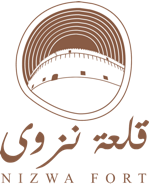Al Hoota Cave
Al Hoota Cave is located in the southern part of the Jabal Akhdar chain, specifically near the Wilayat of Al Hamra in Al Dakhiliyah Governorate, about two hours away from Muscat, and about half an hour from Nizwa. The locals discovered it hundreds of years ago, and the reason for the name goes back to the village of Al Hoota, within which the cave is located.
The cave extends for 5 kilometers underground, and the distance that can be entered is 860 meters. It ends at the cave lake. Perhaps the visitor to this cave, passing through the surrounding area, will find the greatest proof of the saying “caves are the underground analogues of what we see on the surface of the earth (of blood or waterways). As this cave has two openings, one of which let the water of the valley in. It is at the top of the mountain, and this opening is called (Al Hoota). The other opening which the water exits through the cave connected corridors.
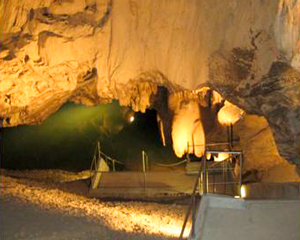
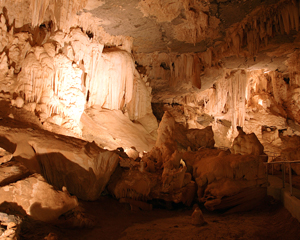
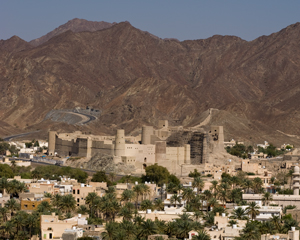
Bahla Fort
Bahla Fort is located in the Wilayat of Bahla in the Governorate of Al Dakhiliyah, which has been listed among the World Heritage Sites since 1987. It includes: Bahla Oasis with its traditional markets, old neighborhoods, ancient mosques, and a wall that is approximately 13 km long that is built since the pre-Islamic period.
The history of Bahla Fort is back to the third millennium BC. The length of the southern facade is about 112 m, and the length of the eastern facade is about 114 m. It is clear that Bahla Wall, which extends for a distance of about 12 km, with its balconies, firing holes and guard houses, was designed for defense purposes.
Jabal Akhdar
Its height is 2,980 meters, and it is famous for its wide plateau that is located close to its peak. The journey from Muscat to the mountain takes approximately two hours, and access is only allowed by four-wheel drive vehicles.
The climate of Al Jabal Al Akhdar is characterized by the Mediterranean climate, where the temperature during the winter drops to less than zero degrees Celsius and some snow falls sometimes, and in the summer the temperature reaches 22 degrees Celsius. Almonds, walnuts and saffron, and the pomegranate in it is classified among the finest types in the world.
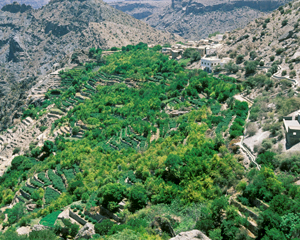
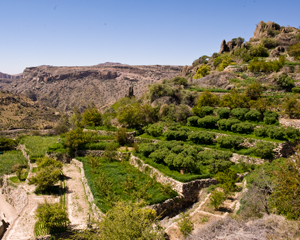
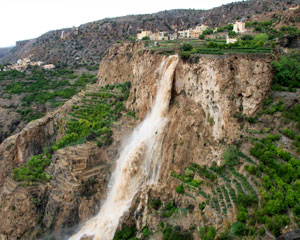
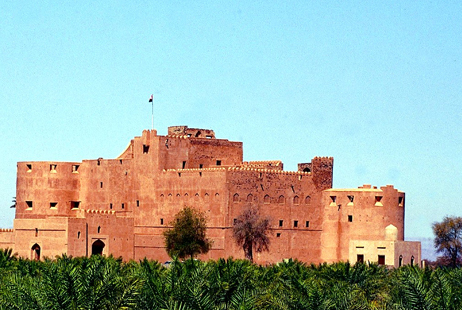
Jabreen Castle
Its construction since 1670 AD. Imam Belarab bin Sultan Al Yarubi (who is now lying on the left side of the main entrance to the fortress) oversaw its construction and design to resemble the most beautiful palaces built in that period. This beautiful building was a palace for the Imam and his family and a defensive fortress during wars. It was a beacon of knowledge because of its classrooms
The palace is a large rectangular building consisting of five floors and contains 55 rooms and is penetrated by a Falaj that passes through the center of the fort. Jabreen castle is an authentic expression of Omani skill in decoration and architecture.
